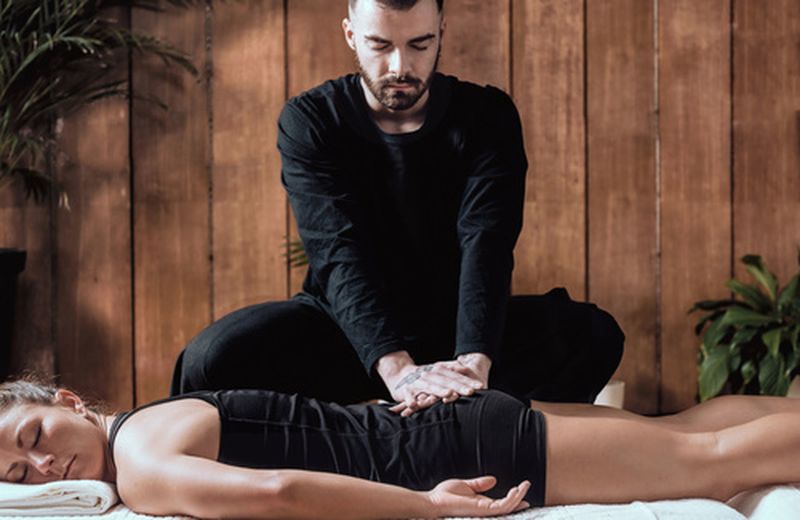Shiatsu: what is the Namikoshi method
Shiatsu is an effective manipulation technique for natural health. But how many types of shiatsu are there? And what are the characteristics? Let’s discover the Namikoshi method.

Shiatsu and styles
Shiatsu is perceived by those who do not know its origins and techniques, and who approach this manual technique for the first time as unique: a body massage that is applied according to the principles of traditional Chinese medicine .
In reality there are several schools of shiatsu , and each has its own substantial particularity.
All shiatsu styles work on the physical body to rebalance the flow of vital energy qi, responsible for well-being and health.
A good qi is that which flows freely according to the direction and quality that each energy channel attributes to it. When the qi stagnates, or becomes too impetuous, losing its balance, the body also manifests its effects.
Tokujiro Namikoshi was the first to collect the ancient and fragmentary information about the various manual techniques of massage and manipulation then existing, then organizing it in a more rational and clear way.
Read also Shiatsu for the neck >>
Shiatsu Namikoshi method
Master Namikoshi organized his work around the foundations of traditional Chinese medicine , paying particular attention to the physical, neurological, muscular and hormonal response resulting from the pressures on certain areas.
The main differences between the Namikoshi method shiatsu and the other types of shiatsu are:
> particular attention to tsubo : Namikoshi focuses on the treatment of specific areas and single points of the meridians traced by him on the human body. The precise location of the tsubo is very important in the treatment of this type of shiatsu, as each tsubo has different characteristics and different functions;
> dislocation of meridians : tsubos are organized by belonging to meridians, which however only partially coincide with the meridian system of traditional Chinese medicine.
The tsubo are located on the main nerve branches , along the blood and lymphatic circulation vessels, on the major muscle bands, and in correspondence with glands;
> the treatment focuses on resolving the physical manifestation of the imbalance , leaving out the energetic and psychological aspect: the aim of the treatment is to stimulate the body’s self-healing strength , so that the anatomy and physiology are restored in their correct functions .
The more subtle energetic qualities, those related to emotional states, are not directly taken into consideration;
> use of the hands : Namikoshi provided for the use of pressure exerted only by the thumb and sometimes by the palms of the hands . This mainly in order to be able to give a precise address on the points of the treatment action.
The pressure had to be perpendicular and progressive, firm and penetrating . Other schools of shiatsu use the elbow, feet and knees, and can perform less static pressure maneuvers with the intent of dispersing or toning qi;
> the treatment sequence is precisely coded: the treatment is always articulated according to a sequence of successive pressures which have the purpose of rebalancing the system. The insistence on the painful points , as well as on particular areas or tsubo, is integrated into the sequence;
> the diagnosis is made during the treatment: the treatment aims to rebalance but also to directly obtain information useful to the operator to better target his intervention.






























+ There are no comments
Add yours